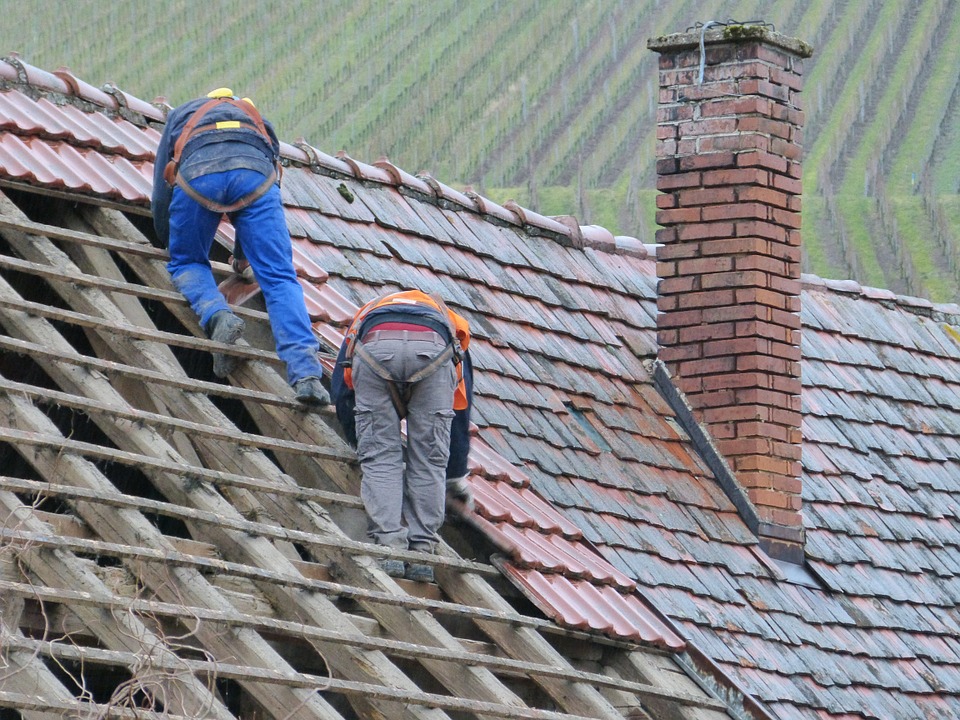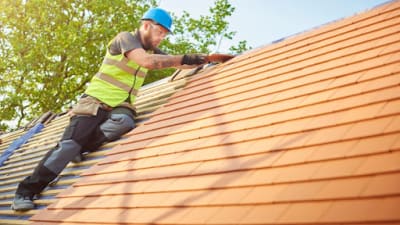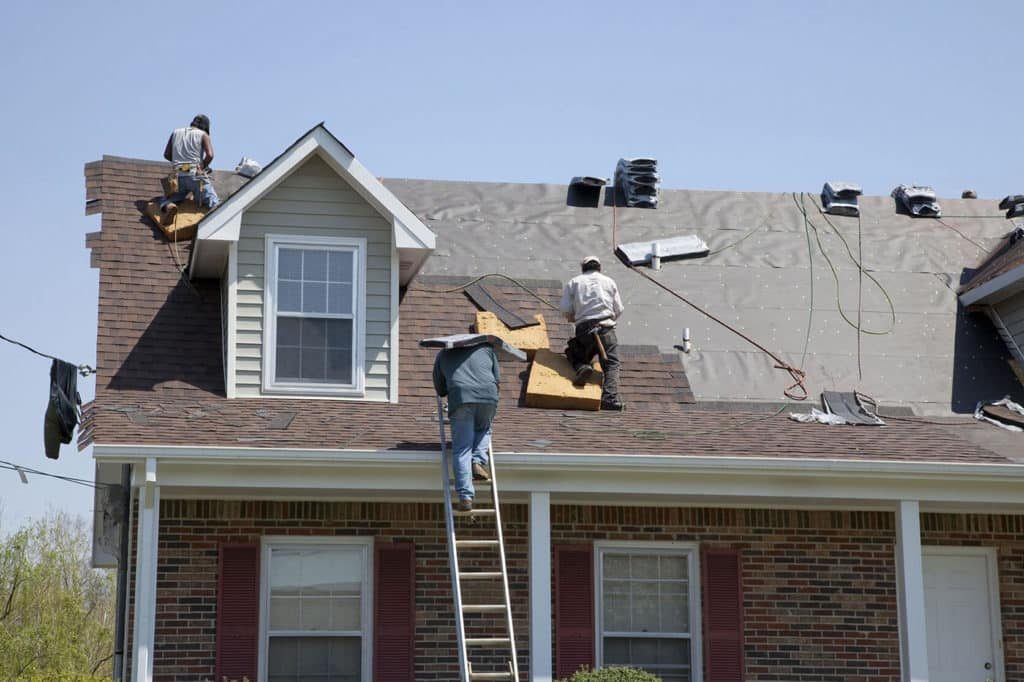Protect your home with the help of a licensed Roofing Contractor for secure workmanship.
Protect your home with the help of a licensed Roofing Contractor for secure workmanship.
Blog Article
Just How to Assess Various Roof Options for Your Structure Needs
Assessing roof alternatives for your building needs a thorough technique that thinks about various elements such as the planned use the framework, neighborhood environment conditions, and material attributes. It is important to consider the advantages and downsides of various roofing types, from asphalt shingles to metal and clay tiles, while likewise factoring in initial costs and lasting maintenance. Additionally, comprehending energy effectiveness and visual appeal can affect your choice. As you contemplate these factors to consider, one inquiry stays: which variables will ultimately guide your choice for a sustainable and aesthetically pleasing roof covering option?
Assessing Your Building's Requirements
To efficiently assess roof covering alternatives, start by thoroughly analyzing your structure's requirements. Beginning by taking into consideration the building's intended use, as different frameworks might demand differing roof requirements. As an example, household roofs often prioritize aesthetics and insulation, while industrial buildings might concentrate on longevity and load-bearing ability.
Next, review the regional climate conditions that will impact roofing performance. Variables such as temperature variations, precipitation degrees, and wind patterns can influence material option and style. A roof covering system that succeeds in a warm climate might not do also in areas vulnerable to hefty snowfall or extreme warmth.
In addition, evaluate the architectural stability of your structure. Make certain that the existing framework can support the selected roof covering materials, specifically if thinking about much heavier alternatives. It is likewise critical to assess any kind of regional building codes or guidelines that may determine particular needs for roof.

Comparing Roofing Products
Once a detailed assessment of your building's needs has actually been finished, the next step includes comparing various roofing products. Each product uses distinctive benefits and downsides, making it important to straighten your choice with your details needs and situations.
Asphalt roof shingles are extensively identified for their affordability and convenience of installation, making them a popular option for domestic buildings. On the various other hand, metal roof covering, known for its toughness and long life, can withstand harsh climate problems yet might include a higher initial financial investment.
Clay and concrete ceramic tiles give exceptional thermal insulation and visual appeal, particularly for Mediterranean-style architecture, yet they call for a more durable architectural support as a result of their weight. Wood trembles deal an all-natural appearance and great insulation properties yet may require more upkeep and are susceptible to fire threats.
Reviewing Cost and Spending Plan
Evaluating your roofing alternatives necessitates a mindful evaluation of price and budget considerations. The total budget plan for a roof covering job comprises a number of variables, including product prices, labor expenses, maintenance, and prospective long-lasting savings. It is crucial to develop a clear budget before discovering particular roofing materials, as this will certainly lead the decision-making process and assist you stay clear of overspending.
Begin by obtaining quotes from multiple specialists to understand labor costs in your region. Make sure that these price quotes consist of all necessary services, such as removal of the old roofing, installment, and any kind of added features, like insulation or ventilation improvements - Roofing Contractor. Next, assess the cost of various roofing products, considering both initial installation costs and anticipated life-span

Recognizing Energy Efficiency
Energy effectiveness plays an essential function in the choice of roof covering products and systems, significantly impacting both energy usage and general convenience within a structure. An appropriate roof can enhance thermal performance, decreasing the need for heating and cooling systems, which consequently reduces power costs and decreases environmental influence.
When examining roof choices, think about products that show rather than soak up warm. In addition, correct insulation and ventilation are important to enhance the energy effectiveness of the whole roofing system.
An additional crucial factor is the roof system's longevity and maintenance demands. Sturdy products that need much less frequent substitute add to long-term energy cost savings. Additionally, the energy performance of a roof covering system can also be evaluated with its compliance with well-known sustainability ratings such as ENERGY CELEBRITY or LEED.
Taking Into Consideration Aesthetic Appeal
A roofing system's visual appeal substantially influences the overall appearance of a building, matching its architectural style and improving visual appeal. Roofing Contractor. When examining roof alternatives, it is vital to think about just how the selected material, color, and layout will balance with the existing framework and community. A well-designed roofing can elevate also the easiest of buildings, changing them into visual centerpieces
Various roofing materials supply numerous aesthetic qualities. For instance, conventional shingles may evoke a traditional charm, while metal websites roof covering can pass on a modern-day, smooth appearance. In addition, the color of the roofing material plays a vital duty; lighter shades can make a building appear even more sizable, while darker tones might produce a cozier atmosphere.
In addition, building aspects, such as dormers and eaves, can enhance the roof covering's visual effect. It is advisable to seek advice from specialist developers or engineers to make sure the picked roof covering choice lines up with the general style intent. Eventually, a roofing needs to not just offer functional benefits yet additionally contribute positively to the structure's aesthetic, reflecting the owner's preference and the character of the surrounding atmosphere.
Final thought

Report this page